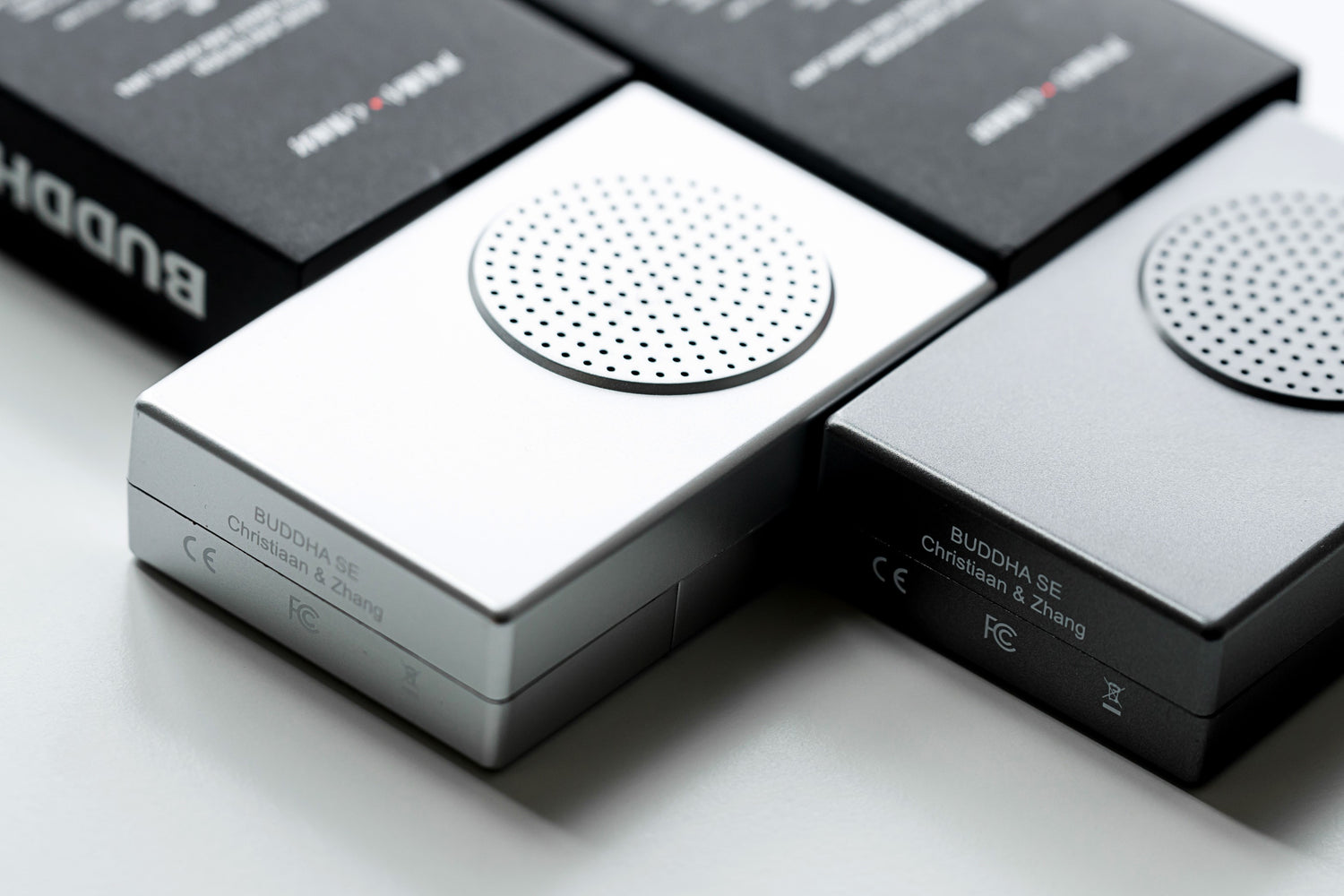Collection: Akuphone
-
Laurent Jeanneau 'Music of Northern Laos' Vinyl LP
Vendor:AkuphoneRegular price £24.99 GBPRegular priceUnit price / per -
Laurent Jeanneau 'Music of Southern and Northern Laos' CD
Vendor:AkuphoneRegular price £14.99 GBPRegular priceUnit price / per -
Laurent Jeanneau 'Music of Southern Laos' Vinyl LP
Vendor:AkuphoneRegular price £24.99 GBPRegular priceUnit price / per -
Mushapata 'Saba-Saba Fighting' Vinyl LP
Vendor:AkuphoneRegular price £15.49 GBPRegular priceUnit price / per -
Ko Shin Moon 'Ko Shin'
Vendor:AkuphoneRegular price From £14.99 GBPRegular priceUnit price / per -
Sothy 'Chansons Laotiennes'
Vendor:AkuphoneRegular price £14.99 GBPRegular priceUnit price / per -
Banteay Ampil Band 'Cambodian Liberation Songs'
Vendor:AkuphoneRegular price From £10.99 GBPRegular priceUnit price / per -
Kink Gong 'Tibetan Buddhism'
Vendor:AkuphoneRegular price From £14.99 GBPRegular priceUnit price / per -
Mol Kamach & Bck 'Je te quitterai'
Vendor:AkuphoneRegular price £15.99 GBPRegular priceUnit price / per -
Mol Kamach & Bck 'Ne penser qu'a toi'
Vendor:AkuphoneRegular price £15.99 GBPRegular priceUnit price / per

FM3 'BUDDHA MACHINE SE 2024
FM3 proudly presents the Buddha Machine SE. This special edition, will be available beginning May 2024 in two sleek metallic colors — Silver and Graphite.










